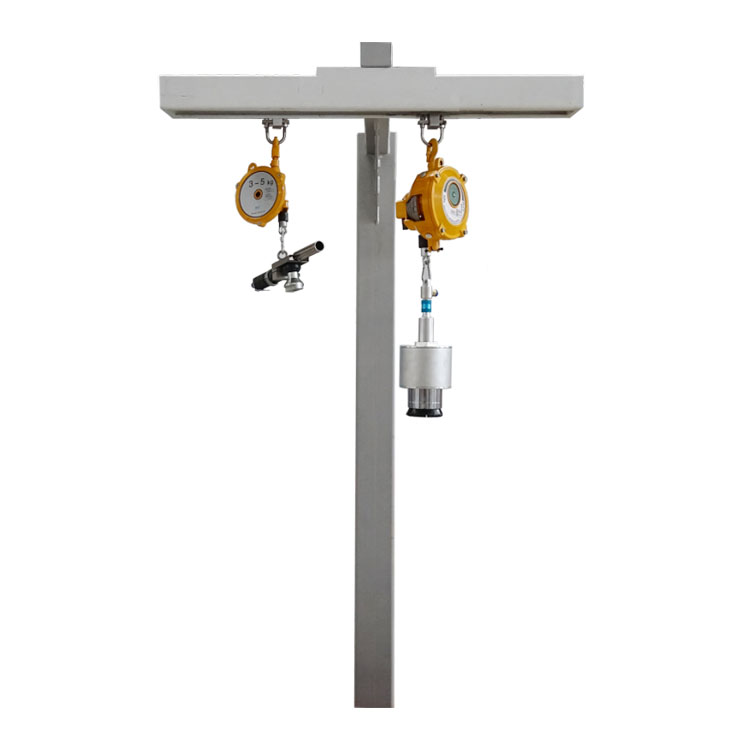Ensuring Operator Comfort: Ergonomic Considerations with Handhold Cap Screw Machines
2024-04-24
In the fast-paced world of manufacturing, efficiency and productivity are top priorities. However, it's essential not to overlook the well-being of the operators who work with handhold cap screw machines for extended periods. Addressing ergonomic considerations is crucial for maintaining operator comfort, preventing injuries, and optimizing performance. In this blog, we'll explore the ergonomic factors to consider when using handhold cap screw machines for prolonged periods.
1. Handle Design:
The design of the handle plays a significant role in operator comfort and ergonomics. Look for handhold cap screw machines with ergonomic handles that are comfortable to grip and reduce strain on the hands and wrists. Handles with cushioned grips or contoured shapes can help minimize fatigue during prolonged use.
2. Weight Distribution:
Handhold cap screw machines should be lightweight and well-balanced to reduce operator fatigue and strain. Even weight distribution across the machine ensures that operators can maneuver it easily and comfortably, especially when working with large volumes of containers.
3. Vibration Damping:
Excessive vibration from the machine can contribute to operator discomfort and fatigue over time. Look for handhold cap screw machines equipped with vibration-damping features or shock-absorbing materials to minimize vibrations and provide a smoother, more comfortable operation experience.
4. Adjustable Height and Angle:
The ability to adjust the height and angle of the handhold cap screw machine allows operators to find a comfortable working position that suits their individual preferences and ergonomic needs. Adjustable features help reduce strain on the neck, shoulders, and back, promoting better posture and reducing the risk of musculoskeletal injuries.
5. Anti-Slip Surfaces:
Ensure that the surfaces of the handhold cap screw machine are equipped with anti-slip materials or coatings to prevent accidental slips or falls during operation. This is particularly important when working in environments where floors may be wet or slippery.
6. Operator Feedback:
Encourage operators to provide feedback on the ergonomics of the handhold cap screw machine. This feedback can help identify areas for improvement and inform future design modifications to enhance operator comfort and usability.
7. Breaks and Rotation:
Encourage operators to take regular breaks and rotate tasks to prevent overexertion and repetitive strain injuries. Incorporating job rotation schedules allows operators to switch between different tasks, reducing the risk of muscle fatigue and improving overall well-being.
8. Training and Education:
Provide comprehensive training to operators on ergonomic best practices for using handhold cap screw machines. Educate them on proper lifting techniques, posture, and workstation setup to minimize the risk of injuries and promote a safe and healthy work environment.
Conclusion:
Ergonomic considerations are essential for ensuring operator comfort, safety, and productivity when using handhold cap screw machines for extended periods. By addressing factors such as handle design, weight distribution, vibration damping, adjustable features, anti-slip surfaces, operator feedback, breaks, rotation, and training, manufacturers can create a more ergonomic work environment and reduce the risk of injuries. Prioritizing ergonomics not only improves operator well-being but also enhances overall efficiency and performance in manufacturing operations.



